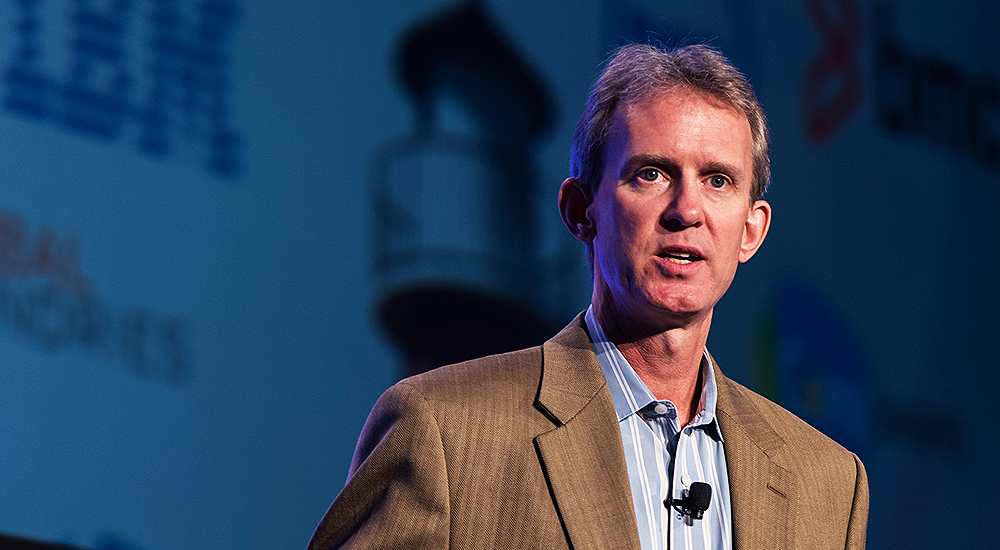Are you really compelled to transform to cloud

We all know that software and infrastructure do not typically go away in the data centre. You very rarely decommission something and bring in all new gear or stop the application to completely transition over to something else. Everyone is in some sort of hybrid state. Some think that they are transitioning, and many hopefully even have a plan for this.
Some of these changes are bigger, take longer, and you almost need to try them and experience them to have success in order to proceed. I have heard people say, well, we are going to get around to doing X, Y, and Z. But they are often lacking a sense of urgency to experiment early.
A major contributor to this type of procrastination is that changes that appear to be far off, arrive suddenly. The closing speed of transformation is the issue. Seldom do you have the luxury of time; but early on you are seldom compelled to decide. You do not sense the urgency.
It is not in your best interest to say, we are just going to try to manage what we have got, because we are really busy. We will get to that when we can. Because then, boom, you are unprepared for when you really need to actually get going on something.
A perfect example is the impact of the cloud on every business and every IT department. The big challenge is that organisations know they should be doing something today but are still struggling with exactly what to do. In terms of a full cloud strategy, it is often times very disaggregated. And while we are going on roughly a decade in the cloud-era, as an industry overall, we are still really in the infancy of having a complete cloud strategy.
In December of last year, when I asked people, what is your cloud strategy? Do you have one? Are you formulating one? The answer was unfortunately the same response that they have been giving for the last eight years — next year. The problem is that this is next year, and they are still in the same state.
When it comes to identifying a cloud strategy, a big challenge for IT departments and CIOs is that it used to be easy to peer into the future because the past was fairly predictable — whether it was the technology in data centres, the transformation that was happening, the upgrade cycle, or the movement from one platform to another.
The way you had fundamentally been doing something in the past was not changing with the future. Nor did it require radically different thinking. And it likely did not require a series of conversations across all of IT, and the business as well.
But when it comes to the cloud, we are dealing with a fundamental transformation in the ways that businesses operate when it comes to IT: compute, storage, backup, all of these are impacted.
Which means organisations working on a cloud strategy have little, to no historical game plan to refer to. Nothing they can fall back on for a reference. The approach of, well this is what we did in the past, so let us apply that to the future, no longer applies.
Knowing what you have, knowing what your resources are, and knowing what to expect are not typically well understood with regards to a complete cloud transformation. In part, this is because the business is often transforming, or seeking to become more digital, at the same time.
With the cloud, you often have limited, or isolated experiences. You have people who are trying to make business decisions that have never been faced with these issues, in this way, before.
Moving to absolute virtualisation and a hybrid, multi-cloud deployment means that when it comes time to set a strategy you have a series of questions that need to be answered:
- Do you understand what infrastructure resources are going to be required? No.
- Do you understand what skills are going to be needed from your people? No.
- Do you know how much budget to allocate with clarity, today, and over time? No.
- Do you know what technologies are going to impact your business immediately, and in the near-term future? No.
Okay, go ahead and make a strategy now based on the information you just gave me, four No answers in a row. That’s pretty scary.
On top of this, data centre people tend to be very risk averse by design. There is a paralysis that creeps in. Well, we are not sure how we should get started. And people just stay in pause mode. That is part of why we see Shadow IT or Rogue IT. Someone says, Well, I am going to go out and I am just going to get my own SaaS-based license for some capability that I am looking for, because the IT department says they are investigating it.
Typically, what happens is the IT department is trying to figure that out, trying to get a strategy, investigate the request. But in the meantime, they say, no. Now the IT becomes the department of no and is not being perceived as being helpful.
To address this issue head on, you need to apply an engineering mindset. Meaning, that you learn more about a problem by trying to solve it. In absence of having a great reference base, with something that can easily be compared to, we should at least get going on what is visible to us, and that looks to be achievable in the short term.
An excellent example in the software as a service world is Microsoft Office 365. Getting the on-premises IT people participating in this can still be a challenge. As the SaaS solutions start to become more and more implemented, they are sometimes happening outside of the purview of what goes on in the data centre. This can lead to security, pricing and performance and Availability issues.
Percolate that up, what is the effect of that? What does that actually mean? It means that the worst-case scenario is you have got an outcome of where the infrastructure operations people are increasingly viewed as less and less strategic going forward, because if you take this out to the extreme, you will end up being custodians of legacy implementations and older solutions. All while numerous other projects are being championed, piloted, put in to production and ultimately owned, by somebody else; perhaps a line of business that is outside of IT.
That is where you see CIOs self-report that they think more than 29% of their IT spending is happening outside of their purview. If you think about that, that is concerning. You are the Chief Information Officer. You should know pretty close to 100% of what is going on as it relates to IT. If your belief is that, approaching a third of IT spending happens elsewhere, outside of your control, and that this outside spending is not really an issue, then what are you centralising? What are you the Chief of, if this trend continues?
The previous way of developing a strategic IT plan worked well in the past when you had an abundance of time. But that is no longer the case. Transformation is happening all around us and inside of each organisation. You cannot continue to defer decisions. IT is now a critical part of the business; every organisation has become digital and the cloud is touching everything. It is time to step up, work with vendors you trust, and move boldly to the cloud.
Key takeaways
- The closing speed of transformation is the issue.
- Seldom do you have the luxury of time, but early on you are seldom compelled to decide.
- Organisations know they should be doing something today but are still struggling with exactly what to do.
- A full cloud strategy, is often times very disaggregated.
- While we are roughly a decade in cloud-era, we are still in the infancy of having a complete cloud strategy.
- Transformation is happening all around us and inside of each organisation.
- IT department is trying to figure out a strategy and investigate the request and say, no.
- Now the IT becomes the department of no and is not being perceived as being helpful.
- You need to apply an engineering mindset; you learn more about a problem by trying to solve it.
- Organisations working on a cloud strategy have no historical game plan to fall back on for a reference.
- Business is often transforming, or seeking to become more digital, at the same time.
- With the cloud, you often have limited and isolated experiences.
Transformation has a dual speed, almost non-existent till it hits and then the pace to the cloud is too late to catch up, writes Dave Russell at Veeam.





